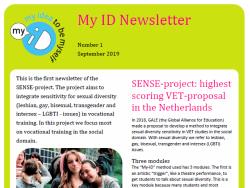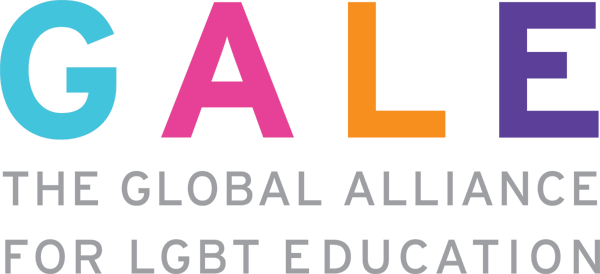First newsletter on LGBTI diversity in vocational education

12 September 2019 - Today, the SENSE-partnership published the first newsletter on how to integrate LGBTI issues in vocational training institutions. In education about LGBTI issues, vocational training is often neglected because it is often regarded as “technical”. However, in most jobs, soft skills like client or customer friendliness and being flexible and mindful are key 21st century skills everybody needs. In the My-ID method, which is being developed by the SENSE=-partnership, sensitivity for LGBTI issues is linked with such “deep diversity” skills.
Not just visibility
In many programs developed by LGBTI organizations, presenting their specific identities is a central focus. This is seen as the first step towards recognizing stereotypes and discrimination. Such awareness education is supposed to automatically lead to tolerance and celebrating diversity.
The developers of the My-ID program think this is a naïve way of thinking about impact of education programs. It may be more triggered by the need to feel recognized than the educational goal of diversity skill building. The background theory of the My-ID program analyzes how power and related exclusion mechanisms work in society and in schools. Based on this analysis, it comes with evidence based recommendations for how to deal with emotions of fear for topics and people that are “different” and how to systematically change attitudes and behaviors. The developers call this “deep diversity skills”.
The My-ID project
The project develops four products. For students, the project develops a cultural “trigger” which serves as a motivational starting point for a curriculum. Such a trigger can be a short theater scene, a video, a rap or student-led game. The key issues is that it is student led, which makes it more legitimate and credible for other students. For teachers, a training is developed. This is based on the successful GALE training model. A third product is a manual on how to coach vocational trainings to integrate sexual diversity in a spiral curriculum. This is more sustainable then externally offered one-off sessions. Finally, the partnership develops a description of concrete skills students need to learn for deep diversity, and for the skills teachers need to be able to train deep diversity in students.
Source: My-ID Newsletter 1
Register here for the My-ID newsletter


